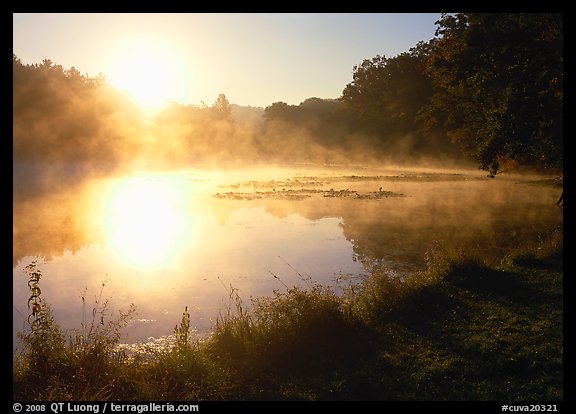
"HaShem saw the light, that it was good."
That verse, according to kabbala, establishes the equivalence of light and good. More light means more good; and more good means more light.
The question then becomes, experientally, what is the difference between good that is outside creation and good that is inside creation. And that’s the key to our month. For only once good has entered the bounds of our world and integrated itself into a vessel, only then does it become visible. Only then does it become subject to sight (the special sense of this month). Only then is it perceptible as good. Before that it is hidden light, which means that it is hidden good. Hidden light appears as its opposite, i.e. darkness, hidden good appears as its opposite, i.e. bad and suffering.
Tanya, in chapter 26, explains the implications of these ideas. It begins with the premise that G-d is good, which means that every interaction HaShem has with creation is necessarily an expression of good. And so, there are two categories of good:
Revealed Good, which is what we pray for, say mazal tov about, and wish upon our children; and
Concealed Good (or suffering), which we try to avoid, say G‑d forbid about, and if it comes anyway, we say “Blessed is the True Judge”.
It is true that HaShem is pure, simple Oneness. Yet, when Divinity interacts with creation He manifests a hierarchy of attributes from above to below; from the inner, higher, essential and concealed realms to the outer, lower, superficial and revealed realms.
It follows, says Tanya, that revealed good derives from the revealed levels of G‑d (i.e. the outer, lower, and more superficial modes of Divine Presence). Conversely, concealed good (i.e. suffering) must then come then from G‑d’s inner, higher, more essential and concealed Self.
The implications of this teaching are profound. It means that in suffering one is encountering HaShem at a level of depth and intimacy that is beyond all previous experience. This revelation of light (and good) is “bigger” than anything one has ever known. The “vessel” of one’s life is too small right now to receive and perceive this new increment of good (and G‑d). It must stretch beyond itself to accommodate the new light, which is forcing its way in. The process is painful. The dilation hurts. One sees only darkness. But in retrospect, when the work is done and the growth integrated, the event takes on a different meaning. It gets refram ed, and from this new and slightly expanded perspective, it is even perceived as a blessing in disguise. When hidden good finally becomes visible as revealed good, it is called a blessing in disguise.
Depending upon the magnitude of the suffering, this process can take days, years, and even lifetimes. Yet we will eventually grow into our suffering, and on that day, whether in this life or another, whether in this world or the next, every cell in our body, will thank HaShem for the wondrous and precious gifts that were the underside of our pain.
Though weather-beaten and battle-weary, there are newfound treasures in our grasp. One has deepened, wisened, and actualized potential. One has entered a new level of relationship with G‑d. Some aspect of Divinity, previously beyond one’s grasp, is now consciously accessible. Concealed good (i.e. suffering and its pangs of growth) has become revealed good (i.e. the peace and quiet joy that accompanies actualized potential and expanded relationship with G‑d). The pain slowly eases, while the treasure of light remains as a permanent resource in one’s life (and in one’s soul).
This is how we learn to see in the dark. Through our stumbling and our suffering HaShem trains us to see the good that hides in the ordeals and dark pits of our life. He sensitizes our palate (or perhaps I should say retina) to even minute concentrations of hidden good. It is easy to see God in the dramatic fire of Sinai, but it is a whole other level of maturity to see Hashem in the darkness. It is possible that the sin of the calf was a heavenly set-up, for the purpose of forcing us to develop this priceless gift.
(Taken from) A Teaching for the Month of Tammuz, Sarah Yehudit Schneider
*bold added
by A Still Small Voice http://www.astillsmallvoice.org/



No comments:
Post a Comment